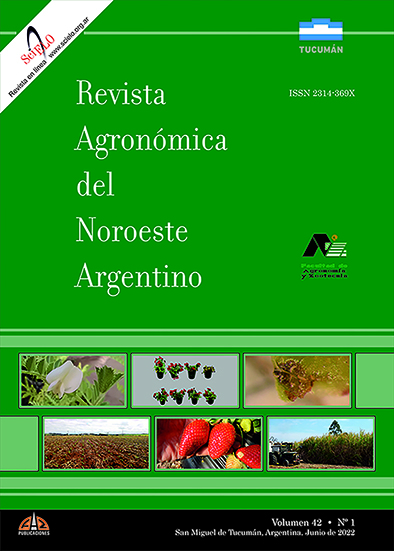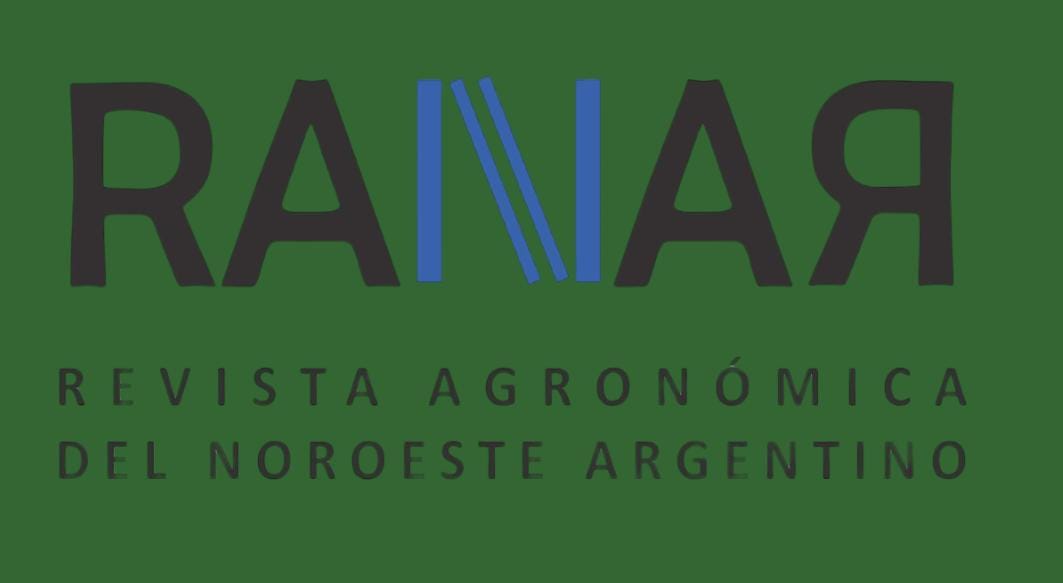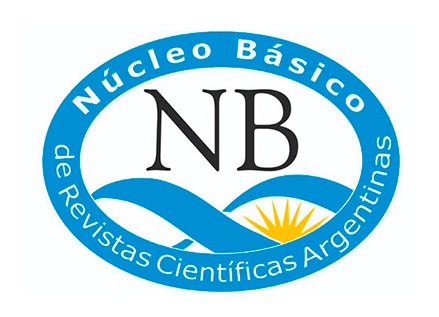Botanical products for Tetranychus urticae Koch (Acari: Tetranychidae) management and their effects on phytoseiidae mites
Keywords:
Predatory mites, Essential oils, Arañuela, Strawberry, Integrated managementAbstract
Tetranychus urticae Koch (Acari: Tetranychidae), also known as two-spotted spider mite, is the main strawberry crop (Fragaria x Ananassa Duch.) pest, and causes it serious damage. Its population is controlled by synthetic pesticides, which do not only contaminate the environment, but also produce populations resistant to pesticides and eliminate natural enemies, such as phytoseiidae mites. Active ingredients of botanicals compounds can constitute ecological alternatives to control T. urticae. The objective of this study was to determine the effectiveness of four such compounds in controlling the two-spotted spider mite in strawberry crops in Concordia, Entre Ríos Province, Argentina. Four essential oil and plant extract formulations were tested: (i) Azadirachta indica - Tagetes erecta; (ii) Allium sativum; (iii) A. indica – A. sativum; and (iv) A. sativum - Capsicum frutescens L. These treatments were compared to a control treatment (water spray method). A completely randomized design with four replications was used, and the average densities of T. urticae and P. macropilis per leaflet were registered. The results showed that the treatment based on garlic recorded the lowest number of mites considering all treatments and the control. Predatory mites colonized the experimental plots and remained there until the end of the experiments, even after damage thereshold was exceeded by T. urticae. The use of essential oils and plant compound formulations is compatible with the integrated management of T. urticae in strawberry crops.

Downloads
Published
Issue
Section
License
Copyright (c) 2022 Revista Agronómica del Noroeste Argentino

This work is licensed under a Creative Commons Attribution-NonCommercial-ShareAlike 4.0 International License.








